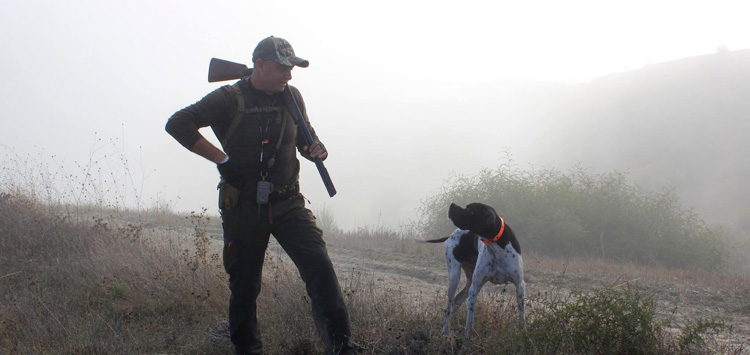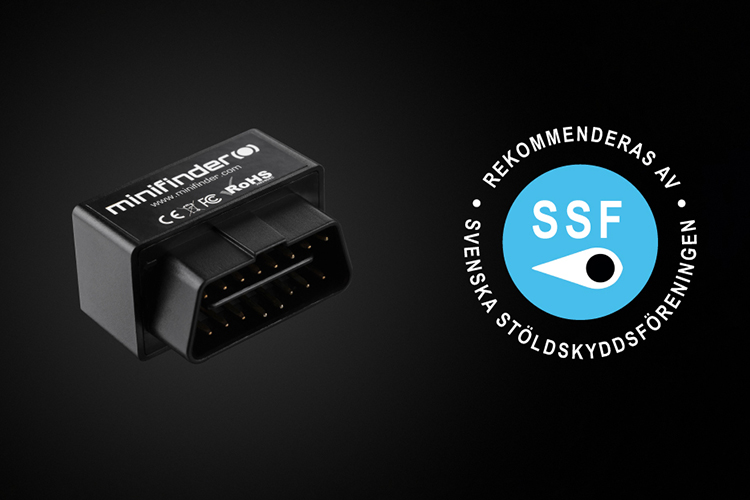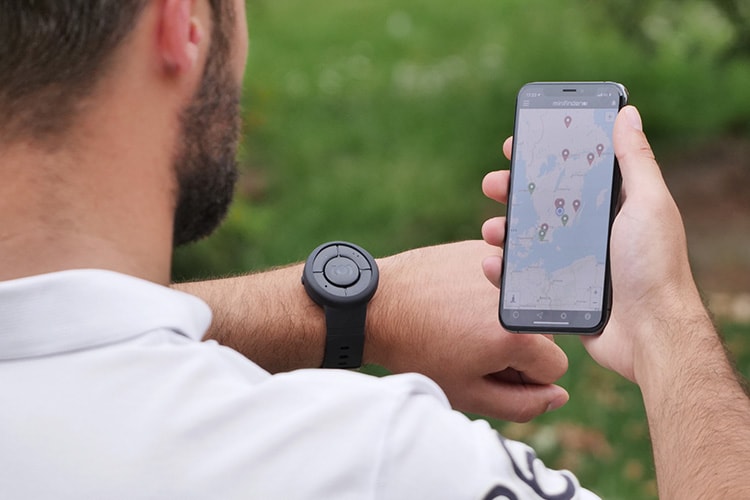
Jan 19, 2024
Here you can see the times of the year for hunting and training with a hunting dog, as well as gain insights into the best way to train your hunting dog. We have also collected current times in a hunting table and explain the meaning of general hunting time.
Here you can see the times of the year for hunting and training with a hunting dog, as well as gain insights into the best way to train your hunting dog. We have also collected current times in a hunting table and explain the meaning of general hunting time.
Hunting table 2024
Below you can see the current hunting table for 2024, grouped according to whether you will hunt with a dog that pursues game, that does not pursue game or that hunts underground.
Dog stalking game
Applies to:
- Drifting dogs
- Short-running dogs
- Support dogs
- Standing dogs
|
Species |
Hunting time (start) |
Hunting time (end) |
Note |
|
Bear |
August 21 |
October 15 |
21 August to 30 September in Norrbotten County, west of the cultivation border |
|
Badger |
August 21 |
January 31 |
- |
|
Stags |
October 1 |
January 31 |
- |
|
Wolverines |
September 1 |
November 30 |
Alternatively, later end of the hunt at the time when the hunt is canceled by decision |
|
Lynx |
February 1 |
January 15 |
Alternatively, later end of the hunt at the time when the hunt is canceled by decision |
|
Mink, racoon |
August 1 |
15 april |
- |
|
Red fox |
August 21 |
February 29 |
- |
|
Wolf |
December 1 |
January15 |
Alternatively, later end of the hunt at the time when the hunt is canceled by decision |
|
Wild boar |
August 1 |
January 31 |
- |
|
Moose |
August 21 |
January 31 |
- |
|
Other mammals |
August 21 |
February 29 |
Alternatively, earlier end of the hunt at the time when the hunt should be finished |
Dog that doesn't chase game
Applies to:
- Barking dogs
- Standing dogs
- Shocking dogs that stop on contact with the game
|
Species |
Hunting time (start) |
Hunting time (end) |
Note |
|
Birds |
August16 |
April 15 |
August 16 to April 30 in the counties of Värmland, Dalarna, Gävleborg, Västernorrland, Jämtland, Västerbotten and Norrbotten |
|
Hare, wild rabbit or red fox |
August 21 |
February 29 |
- |
Dog hunting underground
Applies to:
- Pot dogs
|
Species |
Hunting time (start) |
Hunting time (end) |
Note |
|
Wild rabbit, raccoon, mink, stone marten |
July 1 |
June 30 |
- |
|
Hare, wild rabbit or red fox |
- |
- |
General hunting time and protective hunting |
What is general hunting time?
General hunting time is a way to manage most game species in Sweden. This means that the responsibility for deciding how the hunt is to be conducted and how many animals can be taken of each species falls on hunters and landowners. This form of management is considered to work well and gives hunters the opportunity to quickly adapt the hunt to changes in both society and nature.
Simplify the hunt with dog range
A dog compass is an important tool for hunters who choose to hunt with a dog. It helps you keep track of the dog by sending radio signals from a transmitter on the dog's collar to a receiver you hold. This allows you to track the dog if it runs away or disappears from view, which is especially useful in dense forest or large areas.
Being able to locate your dog quickly is essential to the dog's safety, to prevent it from getting lost or in danger. In addition, the dog bearing gives you the opportunity to make hunting more efficient by positioning yourself better in relation to where the dog and potential game are. With a dog compass from MiniFinder, you can also communicate with the dog through voice commands.
Rules when hunting with a dog
When hunting with a dog, you must comply with special rules, in addition to the hunting hours. Here's what you need to keep an eye on.
Size of the hunt when using driving dogs
- If you are using a driving dog, such as a duster, you must hunt on land large enough so that the drive does not enter someone else's land.
- For different dog breeds, there are specific guidelines for how big the land should be:
- For dusters, the land should be at least 200 hectares.
- For drives, the land should be at least 100 hectares.
- For dachshunds, the land should be at least 50 hectares.
Weather and game load
- The hunter must take into account the weather conditions and choose a breed of dog that is suitable for the hunt and for the game being hunted.
- If several loose dogs are used at the same time, the risk of them hunting together and causing unnecessary stress to the game must be minimized.
Rules for searching for injured game:
- If a wild animal is injured while hunting, the hunter must immediately take steps to find and kill the animal.
- When hunting larger animals such as bear, loon, elk, deer, roe deer, mouflon or wild boar, it is required that a dog specially trained to track injured game must be able to be on site within two hours of the shot.
Requirements for dogs when hunting birds:
- When hunting ring dove, geese or ducks, the hunter must have a dog with him that can retrieve or mark where the downed bird is.
- When hunting other birds between sunset and one hour before sunrise, the hunter must also have a dog that can retrieve or mark downed birds.
- This requirement does not apply if the hunt takes place on snow-covered ground, from a boat in open water or on the sea coast with the help of rafts.
Training a hunting dog - 9 good tips
Training a hunting dog when you are new to the field can be a challenging but rewarding task. Here are some educational tips to help you get started:
- Start with basic obedience
- Before starting hunting training, you should ensure that your dog has a solid foundation in obedience. This means that the dog must follow basic commands such as "sit", "lay", "stay", and "come".
- Regular training. Short sessions several times a day are better than long sessions once in a while.
- Summoning is key
- One of the most important skills for a hunting dog is to be able to return when called, regardless of distractions.
- Start practicing this in a controlled environment and gradually increase the difficulty by adding distractions.
- Introduce the dog to hunting equipment and the hunting grounds
- Let the dog get used to all hunting equipment, including guns (without shooting at first), backpacks and other things you use during the hunt.
- Take the dog to the hunting grounds and let it explore the environment in peace and quiet.
- Track training
- Start with simple trails, such as dragging a piece of the game you plan to hunt across the ground and letting the dog follow the scent.
- Get the dog used to shots and sounds
- The dog must get used to the sound of gunshots. Start by simulating the sound from a distance and gradually approach. It is important that the dog does not become frightened, so take it easy and reward the dog for being calm and collected.
- Use rewards and positive reinforcement
- Use treats, toys or praise as rewards. Reward the dog immediately when it does the right thing.
- Be patient and consistent
- Remember that all dogs learn at different rates. Be patient and repeat exercises until the dog understands and follows your commands consistently.
- Exercise regularly but make sure each workout is positive and ends on a good note.
- Safety and Health
- Make sure your dog is physically ready for hunting through regular exercise and a healthy diet.
- Safety is important - always use a reflective vest on the dog during hunting and training.
- Contact an experienced dog trainer
- If in doubt, do not hesitate to seek help from a professional dog trainer, especially one who specializes in hunting dogs.



